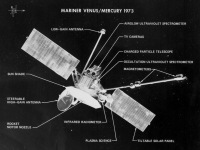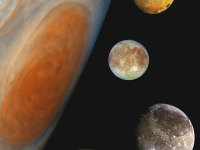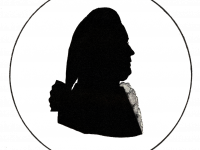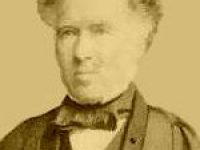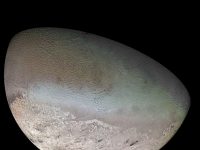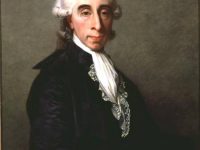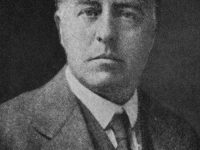Mariner 10 and the Swing-By at Planet Venus
On February 5, 1974, space probe Mariner 10 passed by at planet Venus shooting 4,165 high resolution pictures and continued its journey to Mercury, using the slingshot maneuver. The Mariner Program Mariner 10 was the last of NASA‘s Mariner program and executed to measure the environment of Mercury as well as its surface and its atmosphere. The spacecraft was the second of all time to perform the gravitational slingshot maneuver, using Venus to…
Read more

